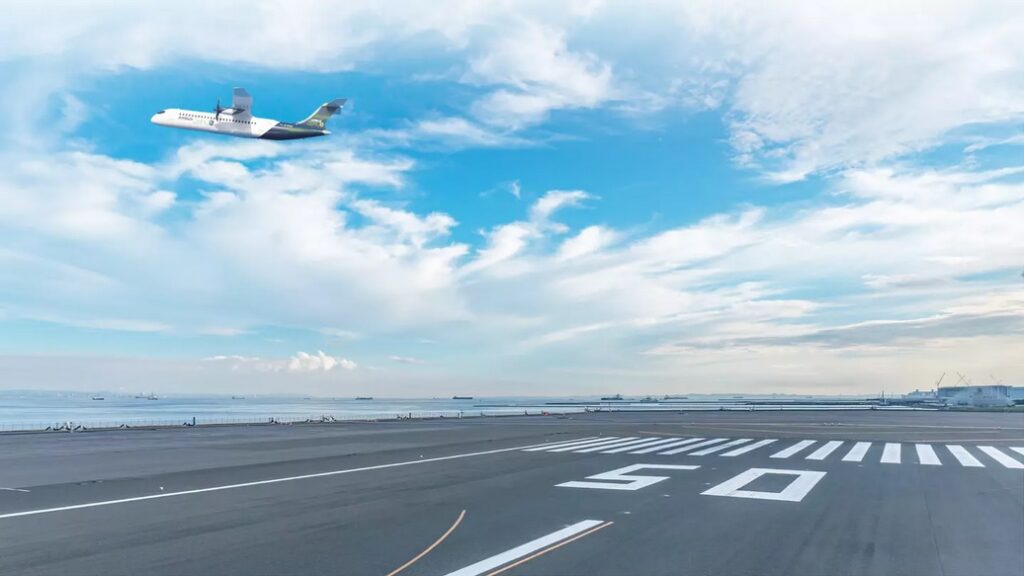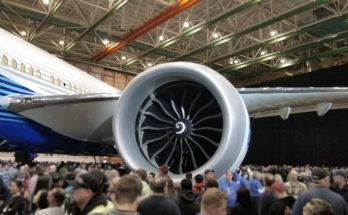
Airbus and ZeroAvia have signed Memoranda of Understanding (MoUs) with Canada’s three busiest airports: Montréal-Trudeau International Airport (YUL), Toronto Pearson International Airport (YYZ), and Vancouver International Airport (YVR). This collaboration will assess the feasibility of implementing hydrogen infrastructure at these airports.
This initiative marks the first large-scale hydrogen-for-aviation feasibility study in Canada. The project reflects a shared commitment by the partners to decarbonize the aviation industry (as outlined by ICAO, ATAG, and IATA) and achieve net-zero emissions by 2050.
Air transportation plays a vital role in Canada due to the country’s vast geography. It facilitates international connections and critical domestic connectivity for goods, investment, personnel, and knowledge transfer, all essential for economic growth. Forecasts from IATA Economics predict a 51% increase in Canadian air traffic over the next 20 years, translating to an additional 39.8 million passengers by 2037.
This cooperation aims to gain insights into hydrogen aircraft concepts, operations, supply chains, infrastructure needs, and airport refueling requirements. The project will ultimately contribute to the development of Canada’s hydrogen aviation ecosystem, including collaborative efforts on regulations and standards. Notably, Montreal is the headquarters of the International Civil Aviation Organization (ICAO), highlighting the importance of collaboration in establishing a global framework.



